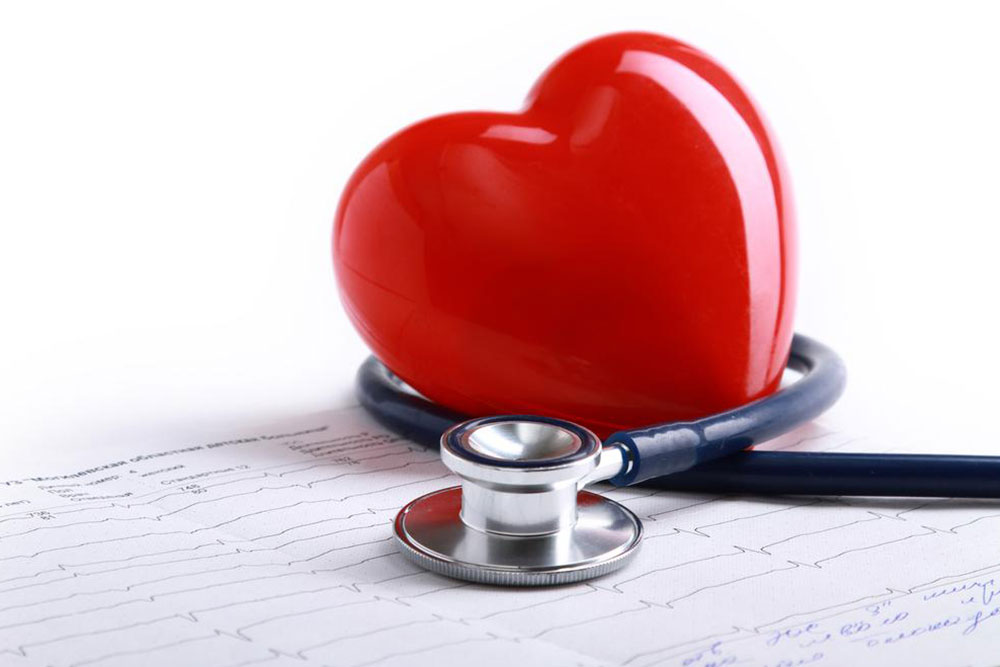Comprehensive Guide to Heart Disease: Causes, Types, and Prevention
This comprehensive guide provides essential information on heart disease, including its types, causes, symptoms, and prevention methods. Understanding these aspects can help in early detection and effective management of heart conditions. Adopting healthy lifestyles and working closely with healthcare professionals are key to reducing your risk. The article emphasizes the importance of awareness and proactive measures for maintaining a healthy heart, highlighting medical and surgical options for treatment when necessary.

Understanding Heart Disease: A Complete Overview
Heart disease encompasses various conditions that affect the heart's structure and function. Unlike broader cardiovascular issues involving blood vessels, heart disease specifically pertains to abnormalities within the heart itself. It is the top cause of death worldwide, notably in countries like the US, UK, Canada, and Australia, with one in four deaths attributed to it, according to CDC data.
Key Facts About Heart Disease
One-quarter of fatalities in the US are due to heart problems.
Common types include coronary artery disease, arrhythmias, and heart attacks.
Medical intervention through medication or surgery can manage heart conditions.
Healthy lifestyle choices like quitting smoking and regular exercise are preventive measures.
Types of Heart Disease

Heart disease manifests in various forms, affecting different parts of the heart and functioning differently.
Congenital Heart Defects
Present at birth, these include:
Septal defects: Holes between heart chambers.
Obstructions: Blockages in blood flow within the heart.
Cyanotic heart conditions: Reduced oxygen circulation leading to a bluish skin tone.
Arrhythmias
An irregular heartbeat caused by disrupted electrical signals. Types include:
Tachycardia: Excessively fast heartbeat.
Bradycardia: Too slow heartbeat.
Fibrillation: Quivering, irregular rhythm.
Symptoms often involve fluttering or racing sensations, but severe arrhythmias can be life-threatening.
Coronary Artery Disease
Damage to arteries supplying blood to the heart muscle, often due to plaque build-up with cholesterol, narrowing arteries and reducing oxygen delivery.
Cardiac Dilation
The heart chambers enlarge due to weakened muscle, impairing proper blood pumping, commonly affecting the left ventricle, often linked to coronary issues.
Heart Attack (Myocardial Infarction)
Caused by blocked blood flow due to clots or spasms, damaging the heart muscle.
Heart Failure
When the heart cannot effectively circulate blood, leading to symptoms like fatigue, swelling, and breathlessness. Can affect either or both sides.
Hypertrophic Cardiomyopathy
Genetic thickening of the heart muscle, especially the left ventricle, increasing sudden death risk, notably in athletes.
Valve Disorders
Mitral regurgitation: Valve leaks, causing fatigue and breathlessness.
Mitral prolapse: Valve bulging, often benign but sometimes requiring treatment.
Pulmonary stenosis: Narrowing of pulmonary valve, affecting blood flow from the right ventricle.
Recognizing Symptoms
Symptoms vary by condition but commonly include chest pain (angina), shortness of breath, and irregular heartbeats. Heart attacks often involve severe chest discomfort, radiating pain, dizziness, sweating, nausea, and a feeling of impending doom. Some people, especially older adults and diabetics, may have no symptoms initially. Congenital issues may present with fatigue, rapid heartbeat, bluish skin, or swelling from birth or later in life.
Causes of Heart Disease
Major causes involve damage to heart tissues, arterial blockages, or poor oxygen supply. Genetic factors can also play a role, especially in conditions like hypertrophic cardiomyopathy and congenital defects. Risk factors include high blood pressure, cholesterol, smoking, obesity, diabetes, family history, poor diet, aging, pregnancy-related issues, and prolonged inactivity.
Managing and Treating Heart Disease
Initial treatment often focuses on medications, with options including statins, aspirin, beta-blockers, and ACE inhibitors. For cases unresponsive to drugs, surgical interventions like angioplasty, bypass operations, valve repair, pacemaker implantation, or heart transplants may be necessary. Recovery varies based on the procedure and condition severity.
Prevention Strategies
While some heart conditions are unavoidable, lifestyle modifications can significantly reduce risk. These include eating a balanced diet rich in fruits, vegetables, and whole grains, exercising regularly, maintaining a healthy weight, quitting smoking, limiting alcohol intake, and managing underlying health issues like hypertension and diabetes. Adopting these habits improves overall heart health and reduces complication chances.
Note: This content aims to inform and guide but is not a substitute for professional medical advice. Always consult healthcare providers for personal diagnosis and treatment options.










